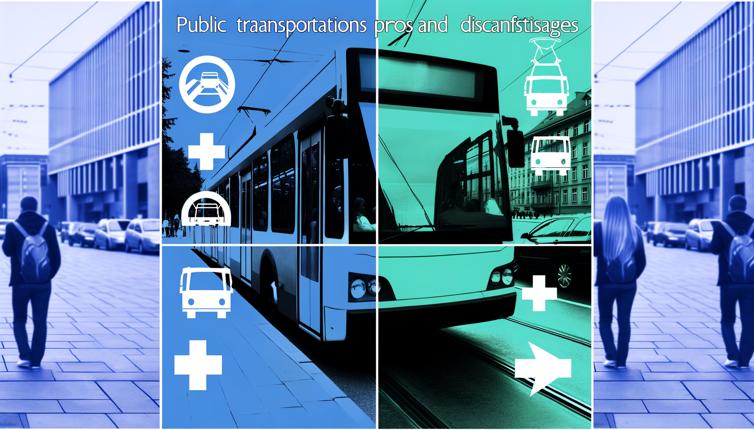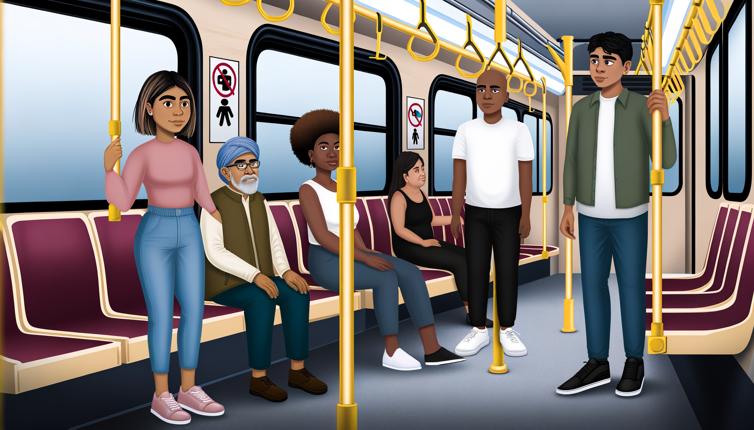Pros of Public Transportation
1. Cost-effective: Using public transportation is often cheaper than owning a car or taking a taxi. The cost of bus or train tickets is usually much lower than the expenses associated with owning and maintaining a private vehicle.,2. Environmentally-friendly: Public transportation produces fewer greenhouse gas emissions per passenger compared to individual vehicles. By using public transportation, you can contribute to reducing air pollution and combating climate change.,3. Reduced traffic congestion: Public transportation helps alleviate traffic congestion by reducing the number of cars on the road. This leads to less time wasted in traffic jams and a smoother flow of vehicles.,4. Accessibility: Public transportation is accessible to a wide range of people, including those who cannot drive, such as children, elderly individuals, and individuals with disabilities. It promotes inclusivity and ensures everyone has access to essential services and opportunities.,5. Health benefits: Using public transportation often involves walking to and from the nearest bus or train stop, which provides regular physical activity. Regular physical activity is essential for maintaining good health and preventing chronic diseases.,6. Social interaction: Public transportation allows people from different backgrounds to interact with each other, fostering a sense of community and social cohesion. It provides an opportunity to meet new people and exchange ideas.
Cons of Public Transportation
1. Limited flexibility: Public transportation operates on fixed schedules, which may not align with everyone's needs. This lack of flexibility can be a disadvantage, especially for those who require a more personalized and convenient mode of transportation.,2. Crowding and delays: During peak hours, public transportation systems can become overcrowded, leading to discomfort and inconvenience for passengers. Delays and service disruptions are also common occurrences, which can disrupt travel plans.,3. Safety concerns: While public transportation is generally safe, there is still a risk of accidents or incidents, albeit rare. Additionally, some passengers may feel unsafe or uncomfortable due to the presence of strangers or incidents of harassment.,4. Limited coverage: Public transportation networks may not cover all areas or neighborhoods within a city. This can be a disadvantage for those living in remote or underserved areas, who may have to rely on alternative means of transportation.,5. Inconvenience for certain trips: Public transportation is not always the most convenient option for certain types of trips, such as carrying heavy luggage or traveling with young children. In such cases, a private vehicle or taxi may be more suitable.,6. Lack of control: When using public transportation, you are subject to the schedules and routes determined by the transportation authority. This lack of control can be frustrating, especially if you have urgent appointments or time-sensitive commitments.
Conclusion
In conclusion, public transportation offers numerous advantages, including cost-effectiveness, environmental sustainability, and improved accessibility. It also provides health benefits and fosters social interaction. However, there are drawbacks, such as limited flexibility, crowding, safety concerns, and inconvenience for certain trips. Ultimately, whether public transportation is worth it depends on individual needs, preferences, and circumstances. It may be a great option for commuting or short trips, but less viable for specific situations. It is worth considering the pros and cons, along with personal factors, when deciding whether to rely on public transportation.








